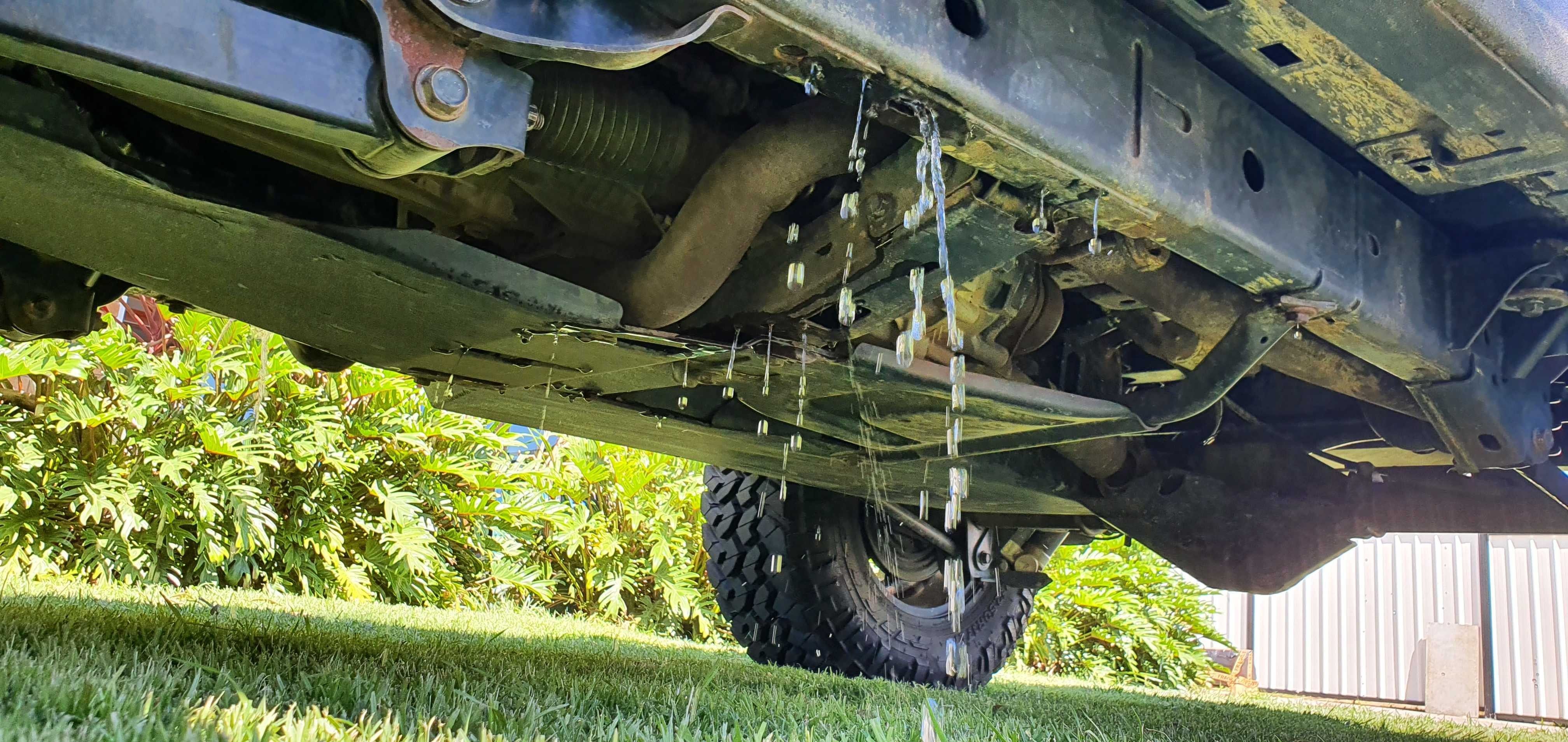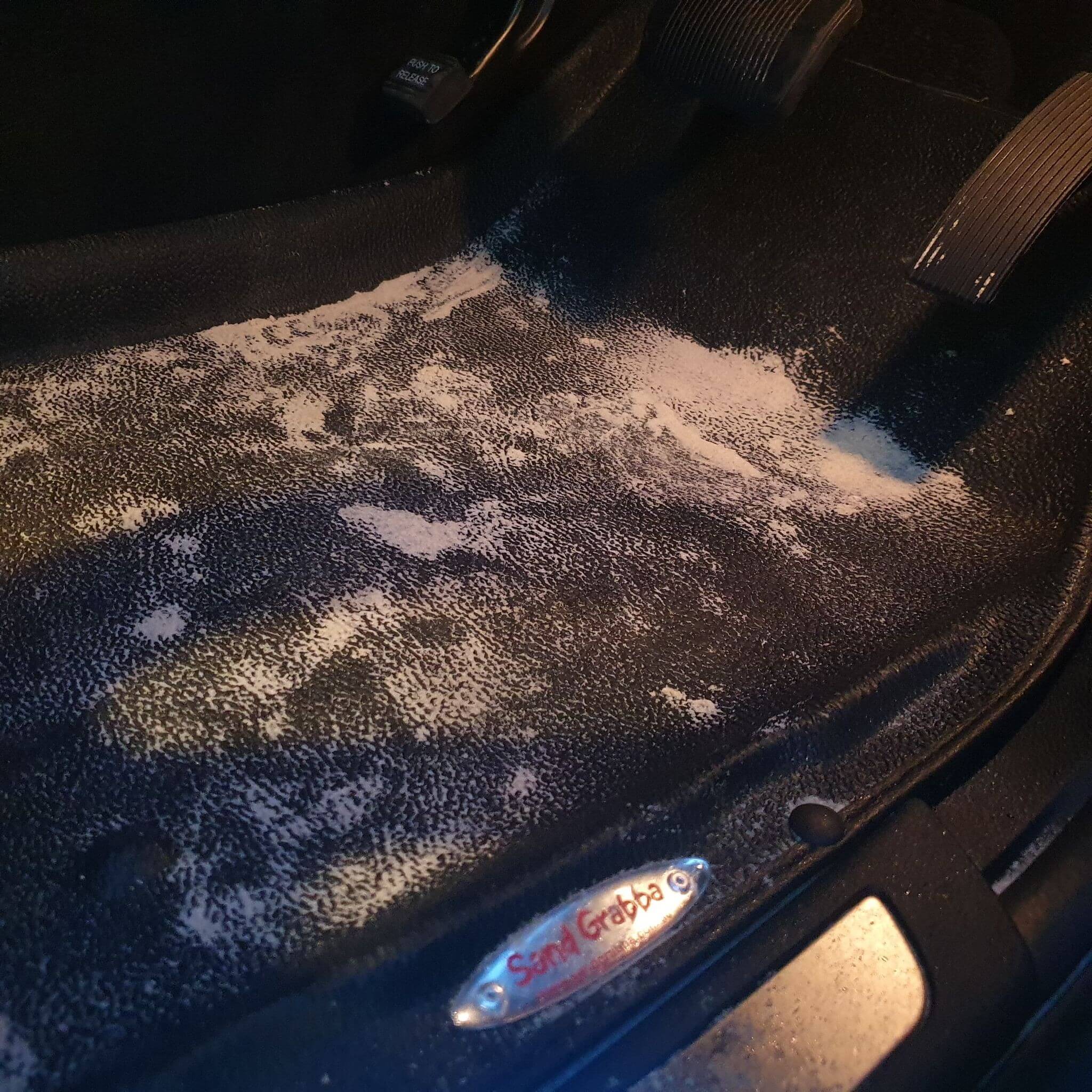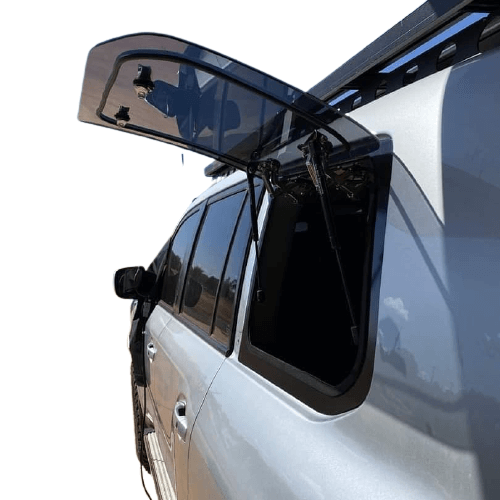Thermostats & How They Work In Your 4x4
Modern engines have some advanced technology built in, which is why they’re so efficient, responsive and powerful. They also still depend on plenty of older, less sophisticated little gadgets though, and one of the most vital ones is the thermostat.
A thermostat is a device that tries to keep a system running at a specific temperature. They have all sorts of uses – there’s probably one on your heating system at home – but they’re really important in engines. Engines work best inside a fairly narrow temperature range; if they’re too cold they don’t work efficiently, and if they’re too hot they can quickly seize up and destroy themselves. Your thermostat’s job is to quickly bring the engine up to running temperature, then keep it there, usually by controlling the fuel-air mix.
Unfortunately, sometimes thermostats fail – usually by getting stuck. The effect of that depends on whether it gets stuck open or closed. Open, and your engine will run cool, increasing fuel consumption and wear – but you’ll still make it home. But if it sticks closed it will restrict the coolant flow; your engine will overheat very quickly, and that can be catastrophic.
It’s not always easy to tell that an overheating engine is caused by a thermostat failure, and it doesn’t help that overheated engines aren’t the safest things to mess about with. Even opening the radiator cap can blow superheated coolant all over the place, and that’s not something you want to get splashed with. There is a simple check you can do for a stuck thermostat, though. Just feel the top and bottom radiator hoses. If they’re both about the same temperature the thermostat is probably working; if one is hot and one is cold, it’s probably stuck.
A spare thermostat is worth carrying; they don’t take a lot of space, so stick one in your spare parts kit. If you don’t have one, however, there’s a bodge that will keep you mobile until you can get to a workshop – just remove the thermostat.
This sounds a bit drastic, but you can’t drive with a thermostat that’s stuck closed. You can drive with no thermostat at all. It won’t do a lot for your fuel efficiency, and long-term it’s going to increase engine wear, but it’ll get you far enough that you can have a proper repair done.
All you need to do is remove the thermostat, put the system back together without it, then refill it with water. The tricky bit is usually the thermostat seal, because this needs to be fitted. If it’s a gasket-type seal that’s no problem, but some models have an O-ring seal that’s part of the thermostat. If yours is one of these you’ll need to cut the thermostat open so the valve drops out, then fit the empty body.
Once the system is reassembled fill the radiator to the top with water, bleed out any trapped air then top up if necessary and restart. Keep an eye on the temperature, and try not to push the engine too hard. Driving without a thermostat isn’t ideal, but it’s a lot better than being stuck in the middle of nowhere.







